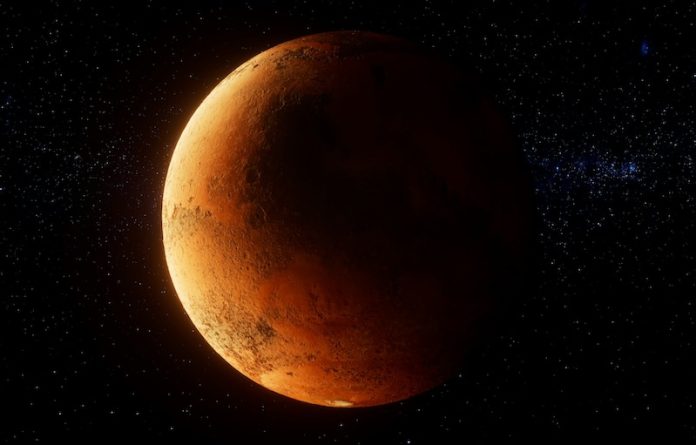
Imagine a planet where one side always faces the sun, bathing in perpetual daylight, while the other side is trapped in endless night.
This isn’t a scene from a science fiction movie but a real-life discovery by a group of international astronomers and astrophysicists.
They’ve confirmed the existence of a super-Earth exoplanet, named LHS 3844b, that is tidally locked to its star. This means that one side of the planet is always facing its star, while the other side is perpetually turned away.
This fascinating finding was shared in a publication in The Astrophysical Journal. The team’s innovative approach to study the planet’s characteristics has shed light on a phenomenon that, while suspected in exoplanets, had not been conclusively proven until now.
The concept of tidal locking isn’t new. Our very own Moon is tidally locked to Earth, which is why we only ever see one side of it.
This happens when an object’s orbital period matches its rotation period, leading to the same side always facing the planet or star it orbits. This effect is due to the gravitational forces between the two bodies.
To determine if LHS 3844b was indeed tidally locked, the research team turned to the Spitzer Space Telescope. By examining infrared data, they could measure the amount of starlight reflected by the planet.
This data allowed them to calculate the surface temperature of LHS 3844b at various points along its orbit around its star. They discovered a significant temperature difference between the two sides of the planet.
One side was much cooler than the other, indicating that the cooler side never faces the star. This temperature difference was the key evidence needed to confirm the planet is tidally locked.
The discovery of a tidally locked super-Earth like LHS 3844b is exciting for several reasons. Firstly, it confirms a long-held belief among astronomers that such planets exist.
More importantly, it suggests that there could be many more tidally locked planets within our own Milky Way galaxy.
Some scientists speculate that these planets might have the right conditions to support life, especially in the regions where the perpetual day meets the eternal night. These boundary zones could offer a unique environment where life could potentially thrive, despite the extreme conditions on either side.
This discovery opens up new avenues for research and exploration. By studying tidally locked planets like LHS 3844b, scientists hope to learn more about the conditions necessary for life in the universe.
The possibility of habitable zones on such planets could significantly broaden our understanding of where and how life could exist beyond Earth.
As we continue to gaze into the cosmos, discoveries like this remind us of the vast, unexplored wonders waiting to be uncovered.
The study of exoplanets like LHS 3844b not only challenges our understanding of planetary systems but also ignites the imagination, offering a glimpse into the diverse and dynamic nature of the universe.
The research findings can be found in The Astrophysical Journal.
Copyright © 2024 Knowridge Science Report. All rights reserved.



